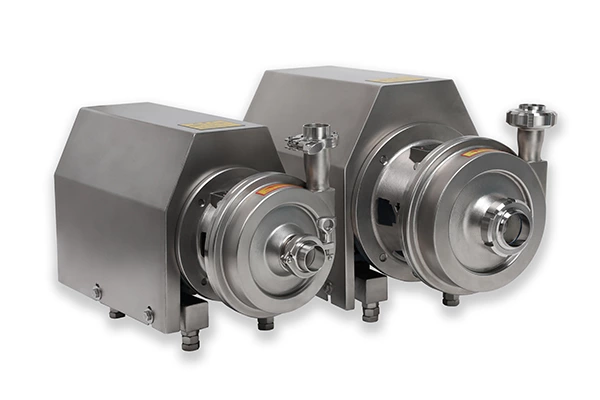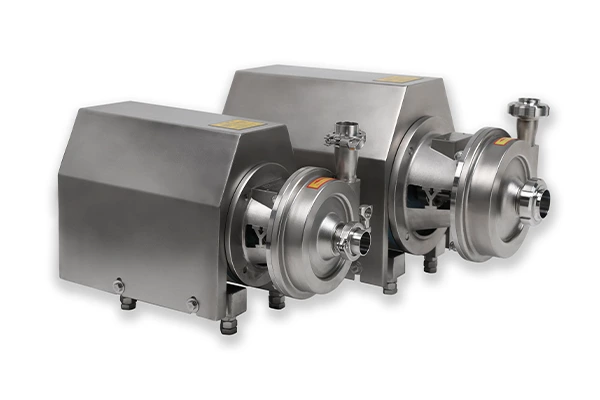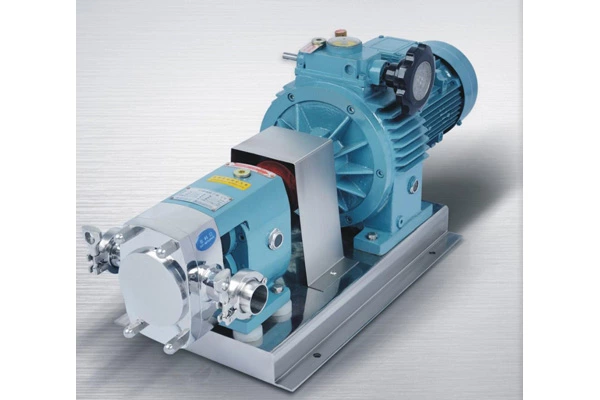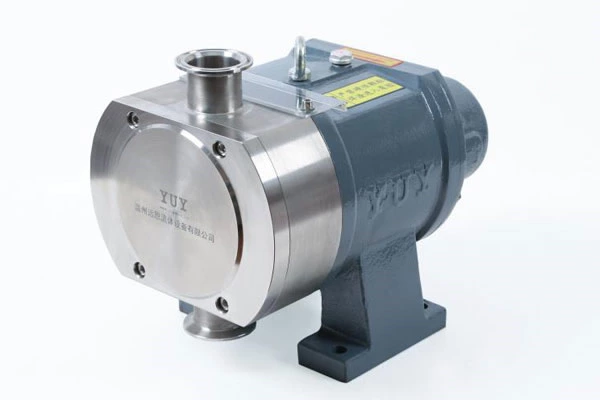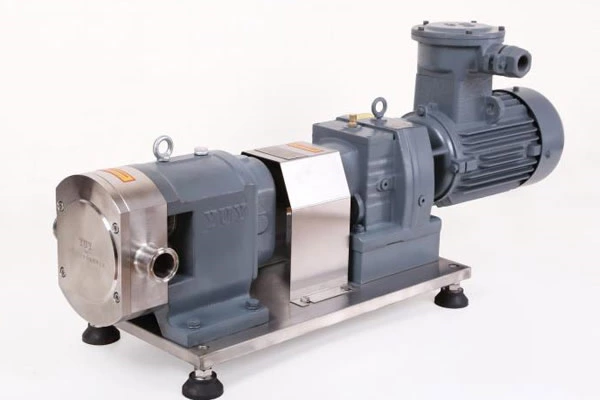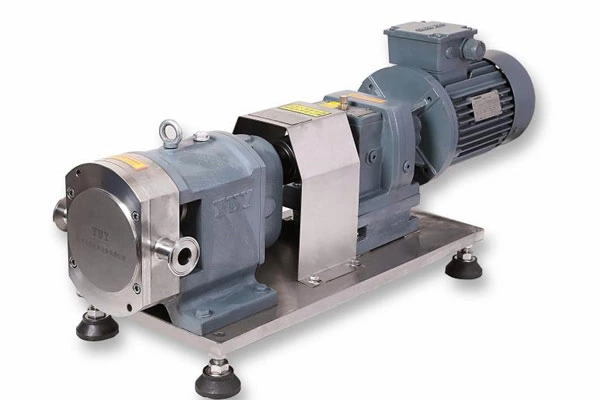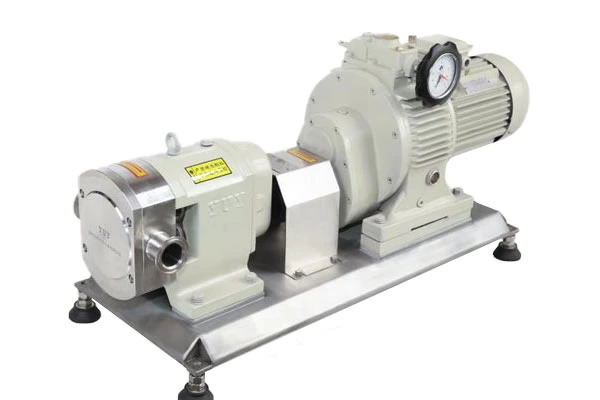What To Do If The Sanitary Centrifugal Pump Has Insufficient Water Output After Startup
Sanitary Centrifugal Pump adopts an external mixing axial return pump body structure. The pump body consists of a suction chamber, a liquid storage chamber, a volute, a reflux hole, a gas-liquid separation chamber, and other parts. After the self-priming non-clogging sewage pump is started, under the action of centrifugal force, the remaining liquid in the suction chamber and the air in the liquid pipeline are stirred into a gas-water mixture by the impeller. The mixture enters the gas-liquid separation chamber through the volute. As the speed slows down, the gas and water are separated, and the air is discharged from the pump outlet. The liquid returns to the pump through the return hole. After multiple cycles, the air in the liquid inlet pipeline is exhausted, so that a certain vacuum is formed in the pump, achieving the effect of self-priming.
The sanitary centrifugal pump replaces the dynamic seal with a static seal, so that the pump's flow parts are in a completely sealed state, which completely solves the drawbacks of running, bubbling, dripping and leakage that cannot be avoided by mechanical seals of other pumps. The materials of the pump body and flow parts are made of corrosion-resistant stainless steel, corundum ceramic, PTFE graphite and other materials. It has the function of a CQ type magnetic drive pump and integrates self-priming. It does not require a bottom valve and water diversion, and the self-priming height is 4 meters.
What should I do if the sanitary centrifugal pump has insufficient water output after starting?
(1) The impeller is installed too high, the submergence depth is not enough, the water inlet conditions are not good, the water pump discharge head is too high, etc., which will cause the axial flow pump to have insufficient water output. It should be modified according to the manufacturer's regulations to improve the working conditions.
(2) For blades with adjustable angles, it is likely that the installation angle of the blades is incorrect, resulting in a significant reduction in water output. The blade angle should be checked and adjusted.
(3) The gap between the outer edge of the impeller and the pump body at the impeller is too large, which may be caused by wear, cavitation, etc. The increase in clearance increases the leakage of the pump during operation and reduces the water output. The impeller or the outer pump body section of the impeller should be replaced, or welding measures should be taken.
(4) The pump does not reach the rated speed and the water output is insufficient. It may be that the rated speed of the matching motor is incorrect, and the motor should be replaced. If it is a belt drive, it is required to change the water pump or motor pulley to increase the water pump speed to the rated value.
(5) The blades are partially blocked by water plants and other debris, which reduces the water output. The vehicle should be stopped and the debris should be thoroughly removed.
